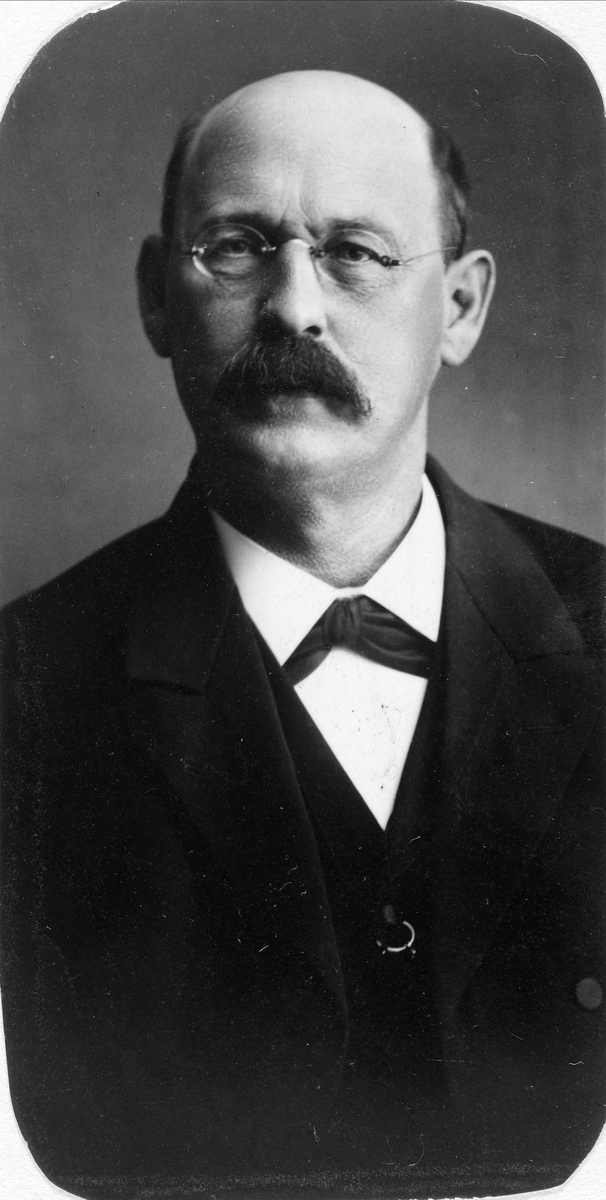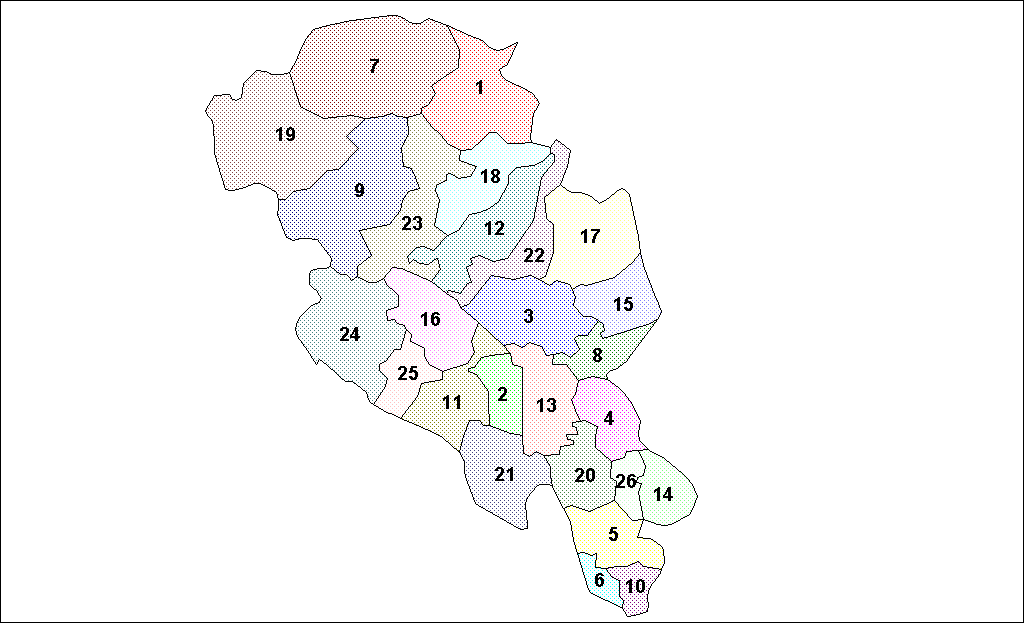|
Catharinus Elling
Catharinus Elling (13 September 1858 – 8 January 1942) was a Norwegian music teacher, organist, music critic, and composer. He was also a folk music collector and the author of a number of books. Biography Elling was born in Christiania (now Oslo), Norway. He was the son of Andreas Schaft Elling (1818–1872) and Pauline Bangsboe (1826–1905). His brother was engineer Ægidius Elling (1861–1949). He studied piano and composition in Leipzig from 1877 to 1878. In 1886 he received a scholarship and studied music at Professor Heinrich von Herzogenberg at Hochschule für Musik in Berlin from 1886 to 1887. From 1896 to 1908, he was teacher at Oslo Conservatory of Music. He was also organist at Gamlebyen Church in Kristiania from (1908–26). He was also music critic at ''Dagbladet'' (1881–82), ''Ny Illustreret Tidende'' (1884–86) and '' Morgenposten'' (1903–07). Additionally he also acted as conductor of Drammens sangforening (1897–1901). As a composer, he wrote ... [...More Info...] [...Related Items...] OR: [Wikipedia] [Google] [Baidu] |
Fartein Valen
Olav Fartein Valen (25 August 1887 – 14 December 1952) was a Norwegian composer, notable for his work in atonal polyphonic music. He developed a polyphony similar to Bach's counterpoint, but based on motivic working and dissonance rather than harmonic progression. Biography Early life Valen was born in Stavanger, Norway in 1887 into a deeply Christian religious family and maintained his religious beliefs all his life. His parents were missionaries, and he spent five years of his childhood in Madagascar. In addition to his aptitude for music, he was also a polyglot, mastering at least nine languages. He earned his examen artium with the highest grades in all subjects except mathematics. He loved cats, nature and literature, cultivated roses (even developed an award-winning hybrid), and after losing them in a devastating freeze took up growing cacti. Musical career In 1906, Valen moved to Kristiania (today's Oslo) to study Norwegian literature and language but also took clas ... [...More Info...] [...Related Items...] OR: [Wikipedia] [Google] [Baidu] |
1942 Deaths
Year 194 ( CXCIV) was a common year starting on Tuesday (link will display the full calendar) of the Julian calendar. At the time, it was known as the Year of the Consulship of Septimius and Septimius (or, less frequently, year 947 ''Ab urbe condita''). The denomination 194 for this year has been used since the early medieval period, when the Anno Domini calendar era became the prevalent method in Europe for naming years. Events By place Roman Empire * Emperor Septimius Severus and Decimus Clodius Septimius Albinus Caesar become Roman Consuls. * Battle of Issus: Septimius Severus marches with his army (12 legions) to Cilicia, and defeats Pescennius Niger, Roman governor of Syria. Pescennius retreats to Antioch, and is executed by Severus' troops. * Septimius Severus besieges Byzantium (194–196); the city walls suffer extensive damage. Asia * Battle of Yan Province: Warlords Cao Cao and Lü Bu fight for control over Yan Province; the battle lasts for over 100 ... [...More Info...] [...Related Items...] OR: [Wikipedia] [Google] [Baidu] |
1858 Births
Events January–March * January – **Benito Juárez (1806–1872) becomes Liberal President of Mexico. At the same time, conservatives install Félix María Zuloaga (1813–1898) as president. **William I of Prussia becomes regent for his brother, Frederick William IV, who had suffered a stroke. * January 9 ** British forces finally defeat Rajab Ali Khan of Chittagong ** Anson Jones, the last president of the Republic of Texas, commits suicide. * January 14 – Orsini affair: Felice Orsini and his accomplices fail to assassinate Napoleon III in Paris, but their bombs kill eight and wound 142 people. Because of the involvement of French émigrés living in Britain, there is a brief anti-British feeling in France, but the emperor refuses to support it. * January 25 – The ''Wedding March'' by Felix Mendelssohn becomes a popular wedding recessional, after it is played on this day at the marriage of Queen Victoria's daughter Victoria, Princess Royal, to Pri ... [...More Info...] [...Related Items...] OR: [Wikipedia] [Google] [Baidu] |
Vest-Agder
Vest-Agder (; "West Agder") was one of 18 counties (''fylker'') in Norway up until 1 January 2020, when it was merged with Aust-Agder to form Agder county. In 2016, there were 182,701 inhabitants, around 3.5% of the total population of Norway. Its area was about . The county administration was located in its largest city, Kristiansand. Vest-Agder was a major source of timber for Dutch and later English shipping from the 16th century onwards. Historically, the area exported timber, wooden products, salmon, herring, ships, and later nickel, paper, and ferrous and silica alloys. Compared to other counties of Norway, today's exports-intensive industry produces shipping and offshore equipment (National Oilwell Varco), cranes (Cargotec), ships (Umoe Mandal, Flekkefjord Slip), wind turbine equipment, nickel ( Glencore), and solar industry microsilica (Elkem). A major tourist attraction is Kristiansand Dyrepark. Vest-Agder grew to political prominence with the decision of King Christ ... [...More Info...] [...Related Items...] OR: [Wikipedia] [Google] [Baidu] |
Sogn
Sogn is a traditional district in Western Norway ''(Vestlandet)''. It is located in the county of Vestland, surrounding the Sognefjord, the largest/longest fjord in Norway. The district of Sogn consists of the municipalities of Aurland, Balestrand, Hyllestad, Høyanger, Gulen, Leikanger, Luster, Lærdal, Sogndal, Solund, Vik, and Årdal. The district covers and contains about 35% of the county's population. The largest urban area in Sogn is the village of Sogndalsfjøra (in Sogndal municipality), with 3,455 residents. The second largest urban area is the village Øvre Årdal (in Årdal municipality), with 3,397 people (this village used to be the largest, but recently it was passed by Sogndalsfjøra). The district of Sogn comprises the southern part of the former county Sogn og Fjordane. The districts of Sunnfjord and Nordfjord are the other two districts in the county. Etymology The name ''Sogn'' derived from the name of Sognefjord. The name of the fjord is from the root of ... [...More Info...] [...Related Items...] OR: [Wikipedia] [Google] [Baidu] |
Olav Sande
Olaf or Olav (, , or British ; Old Norse: ''Áleifr'', ''Ólafr'', ''Óleifr'', ''Anleifr'') is a Scandinavian and German given name. It is presumably of Proto-Norse origin, reconstructed as ''*Anu-laibaz'', from ''anu'' "ancestor, grand-father" and ''laibaz'' "heirloom, descendant". Old English forms are attested as ''Ǣlāf'', ''Anlāf''. The corresponding Old Novgorod dialect form is ''Uleb''. A later English form of the name is ''Olave''. In the Norwegian language, ''Olav'' and ''Olaf'' are equally common, but Olav is traditionally used when referring to Norwegian royalty. The Swedish form is ''Olov'' or ''Olof'', and the Danish form is ''Oluf''. It was borrowed into Old Irish and Scots with the spellings ''Amlaíb'' and ''Amhlaoibh'', giving rise to modern version ''Aulay''. The name is Latinized as ''Olaus''. Notable people North Germanic ;Denmark *Olaf I of Denmark, king 1086–1095 *Olaf II of Denmark, also Olaf IV of Norway *Oluf Haraldsen (died c. 1143), Danish ... [...More Info...] [...Related Items...] OR: [Wikipedia] [Google] [Baidu] |
Sunnfjord
Sunnfjord ( en, the southern fjord - in contrast to Nordfjord) is a traditional district in Western Norway located in Vestland county. It includes the municipalities of Askvoll, Fjaler, the southernmost parts of Kinn, Sunnfjord, and the southernmost parts of Bremanger. It covers an area of about and has a population (2016) of 43,324–about 8% of the population of Vestland county. The central geographical characteristic of the Sunnfjord region are the fjords: Dalsfjorden and Førdefjorden. It is a tourist region, with waterfalls, fishing, white-water rafting, glaciers, hiking, and scenery–including Jostedalsbreen National Park. The area was the site of the largest air battle over Norway during World War II, and a museum is dedicated to the event in Naustdal. There are two airports in Sunnfjord: Førde Airport, Bringeland, just outside the town of Førde, and Florø Airport, just outside the town of Florø. The European route E39 European route E39 is the de ... [...More Info...] [...Related Items...] OR: [Wikipedia] [Google] [Baidu] |
Valdres
Valdres () is a traditional district in central, southern Norway, situated between the districts of Gudbrandsdalen and Hallingdal. The region of Valdres consists of the six municipalities of Nord-Aurdal, Sør-Aurdal, Øystre Slidre, Vestre Slidre, Vang and Etnedal. Valdres has about 18,000 inhabitants and is known for its excellent trout fishing and the local dialect. Its main road is E16 and Fylkesveg 51. Valdres is located approximately midway between Oslo and Bergen. The valley is protected to the west and north by the Jotunheimen mountains and the Valdresflye plateau and to the south by the Gol mountain ridge (''Golsfjellet''). The main rivers are Begna and Etna. Historically, Valdres has had an agricultural economy, but tourism has grown in prominence in later years. Beitostølen, a highly developed tourist area for winter tourists and who have hosted FIS Cross-Country World Cup multiple times is located in Valdres. Etymology The name of the district comes from the Old ... [...More Info...] [...Related Items...] OR: [Wikipedia] [Google] [Baidu] |
Setesdal
Setesdal (; older name: Sætersdal) is a valley and a traditional district in Agder County in southern Norway. It consists of the municipalities of Bykle, Valle, Bygland, Iveland, and Evje og Hornnes. The Otra river flows through the valley of Setesdal into the sea near Kristiansand. It flows southward from the Hardangervidda plateau in Telemark. The historic Setesdal starts at Evje and extends as far as the farm Bjåen, at the edge of the traditional region of Telemark. Øvre (Upper) Setesdal is in the municipality of Bykle. The municipalities of Iveland, Evje & Hornes and Bygland comprise the Nedre (Lower) Setesdal. Valle municipality is in the middle of the Setesdal valley. Norwegian National Road 9 runs through Setesdal. Etymology The oldest Norse form of the name was just ''Setr'', and this was later replaced by ''Setrsdalr'' ('the dale/valley of Setr'). The common word ''setr'' has the meaning 'homestead, farm' – and ''Setr'' was probably originally the name of an ol ... [...More Info...] [...Related Items...] OR: [Wikipedia] [Google] [Baidu] |
Telemark
Telemark is a traditional region, a former county, and a current electoral district in southern Norway. In 2020, Telemark merged with the former county of Vestfold to form the county of Vestfold og Telemark. Telemark borders the traditional regions and former counties of Vestfold, Buskerud, Hordaland, Rogaland and Aust-Agder. The name ''Telemark'' means the "mark of the Thelir", the ancient North Germanic tribe that inhabited what is now known as Upper Telemark in the Migration Period and the Viking Age. In the Middle Ages, the agricultural society of Upper Telemark was considered the most violent region of Norway. Today, half of the buildings from medieval times in Norway are located here. The dialects spoken in Upper Telemark also retain more elements of Old Norse than those spoken elsewhere in the country. Upper Telemark is also known as the birthplace of skiing. The southern part of Telemark, Grenland, is more urban and influenced by trade with the Low Countries, no ... [...More Info...] [...Related Items...] OR: [Wikipedia] [Google] [Baidu] |
Oppland
Oppland is a former county in Norway which existed from 1781 until its dissolution on 1 January 2020. The old Oppland county bordered the counties of Trøndelag, Møre og Romsdal, Sogn og Fjordane, Buskerud, Akershus, Oslo and Hedmark. The county administration was located in the town of Lillehammer. Merger On 1 January 2020, the neighboring counties of Oppland and Hedmark were merged to form the new Innlandet county. Both Oppland and Hedmark were the only landlocked counties of Norway, and the new Innlandet county is the only landlocked county in Norway. The two counties had historically been one county that was divided in 1781. Historically, the region was commonly known as "Opplandene". In 1781, the government split the area into two: Hedemarkens amt and Kristians amt (later renamed Hedmark and Oppland. In 2017, the government approved the merger of the two counties. There were several names debated, but the government settled on ''Innlandet''. Geography Oppland extend ... [...More Info...] [...Related Items...] OR: [Wikipedia] [Google] [Baidu] |





